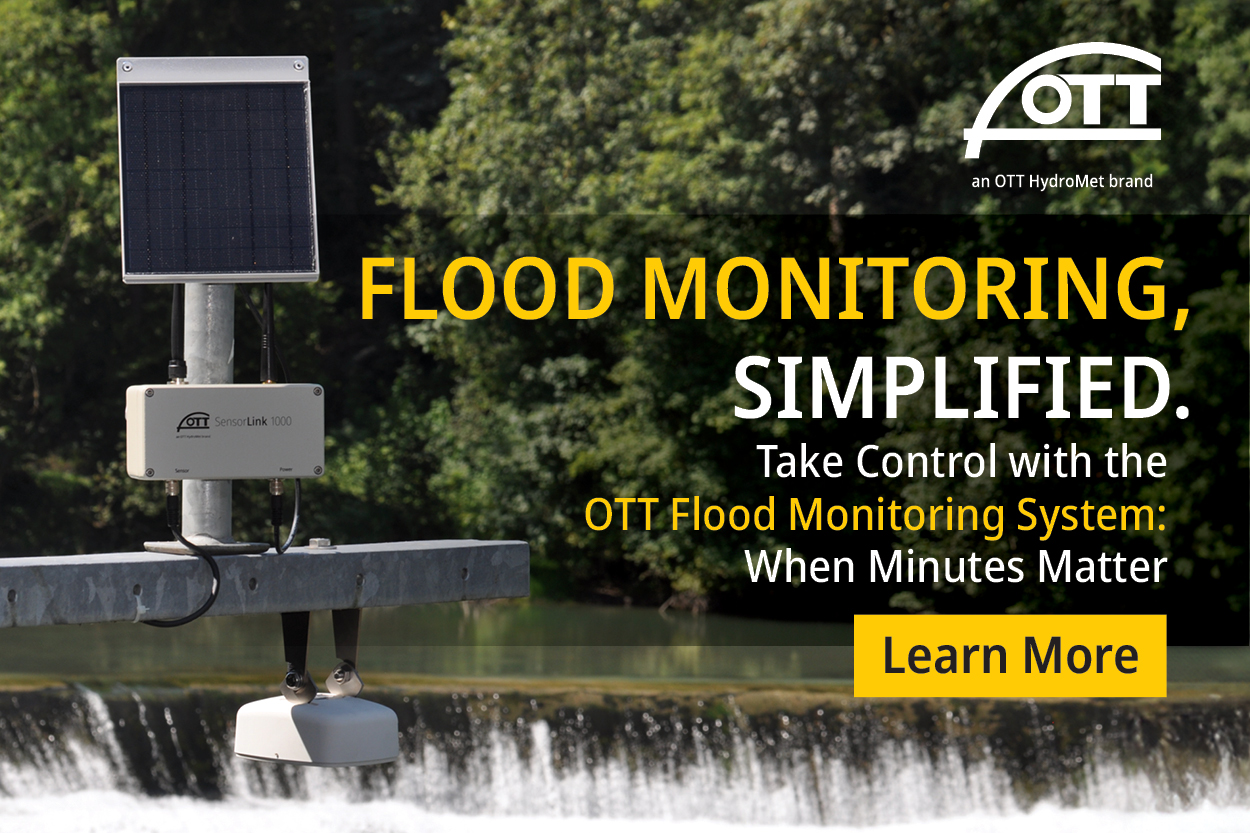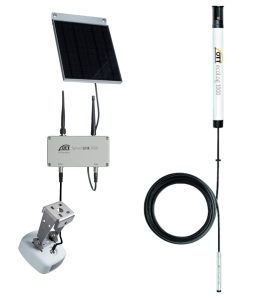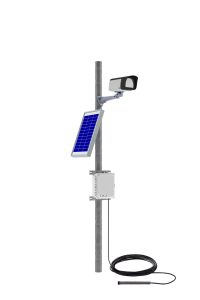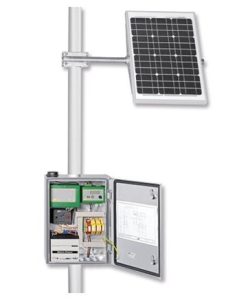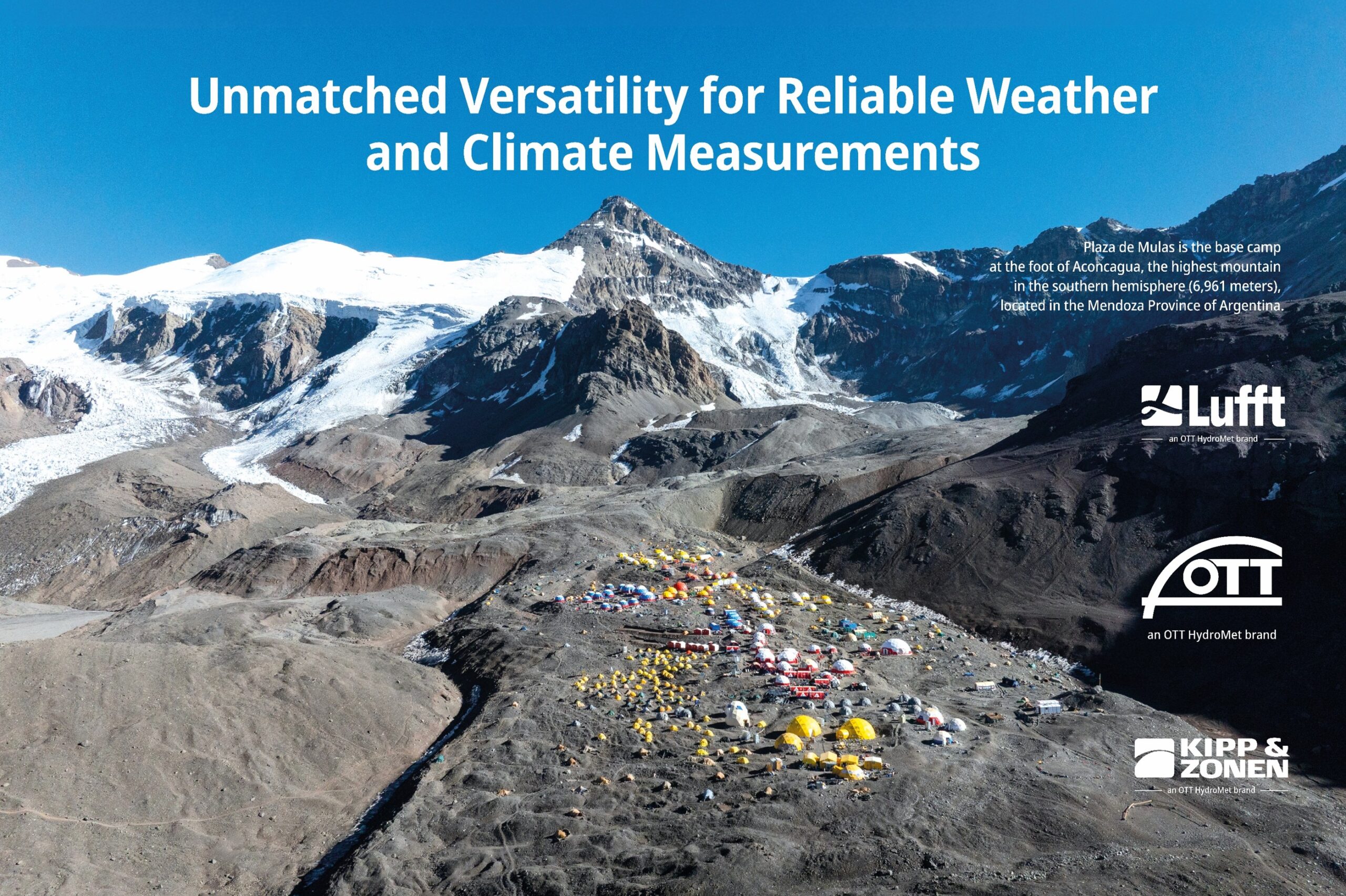The importance of flood monitoring is steadily increasing as heavy rainfall events become more frequent, requiring monitoring even in previously unaffected areas. This development calls for comprehensive and reliable monitoring to respond to flood events in a timely manner and minimize damage. However, the planning of a monitoring station can seem complex and overwhelming. In this blog post, we aim to help you answer the most important questions and provide you with the necessary information to plan and operate an effective flood monitoring station.
What is the goal of the station and what should be measured?
Before you start planning, you should be clear about the goals of your monitoring station:
- What should be measured? Do you want to measure water level (gauge), flow, or even capture camera images?
- Why is this measurement important? Should the station serve as an early warning system for floods or monitor water levels in rivers and streams? Consider whether the station should also record low water data in case of drought.
- Reliability of the station: How crucial is the data, especially during an event? What does it mean for you if the station fails? It may be necessary to plan for redundant sensors and fail-safes.
Where is the best place to measure?
Choosing the right location for your monitoring station is critical for the accuracy and reliability of the data.
- Is this location suitable to achieve my goal? Can the necessary measurements be taken here to gain the crucial insights?
- Local conditions: Is the location prone to vandalism? Is it easily accessible for maintenance work?
- Water movement at this location: Is the water surface relatively calm and free of turbulence? Are there obstacles such as bridge piers or other structures that could affect the measurements? Ensure that the sensor is not submerged in flood situations and that no obstacles distort the measurements.
What solutions are available?
There are various solutions for flood monitoring that can vary depending on your specific requirements and circumstances. These can be divided into three categories:
Simple, fully integrated solutions offer easy and quick installation as well as a reliable and robust design. These solutions usually support only one sensor and are ideal for applications where a simple and efficient setup is required. They are characterized by their user-friendliness and the ability to perform basic flood monitoring tasks without extensive technical knowledge or special training.
Complex stations usually require customized solutions that offer maximum flexibility and control options. These solutions are tailored and can be adapted to the customer’s specific requirements and circumstances. They offer the highest flexibility and future-proofing since individual components can be added or replaced later. Therefore, these stations are ideal for demanding applications where specific requirements need to be met.
How to Determine the Best Water Level Sensor for Your Site
For a detailed article on the subject, find more information here: How to Determine the Best Water Level Sensor for Your Site
Choosing the right sensor depends on various factors:
- Measurement parameters: Do you want to measure water level, flow rate, or other parameters?
- Mounting options: Where can the sensor be mounted? Are there stable structures such as bridges or other constructions suitable for mounting?
- Environmental conditions: Is the location prone to extreme weather conditions or vandalism? Radar sensors should not be submerged during floods, and pressure sensors (in water) should not be damaged by debris during floods.
- Hydrological influences: Are there possible backwater effects during floods that could distort the measurements or are the target of the measurement?
What is the available space?
Regarding the first question “What is the goal of the measurement,” the monitoring station should ideally be set up where this goal can be best achieved. It is not effective to choose a monitoring station solely based on the availability of the installation site if it cannot fulfill its objectives there. However, it is often difficult to find a possible monitoring station, especially in urban environments. Ownership issues often make the search even more difficult. Two points can help address these challenges:
- Compact design: Systems with a compact design require little space and are therefore ideal for confined or hard-to-reach locations. This makes installation easier and significantly reduces space requirements.
- Modular installation: A modular installation allows the components to be placed flexibly and make optimal use of the available space. This means that the individual parts of the monitoring station can be mounted in different locations to utilize the space efficiently while ensuring functionality.
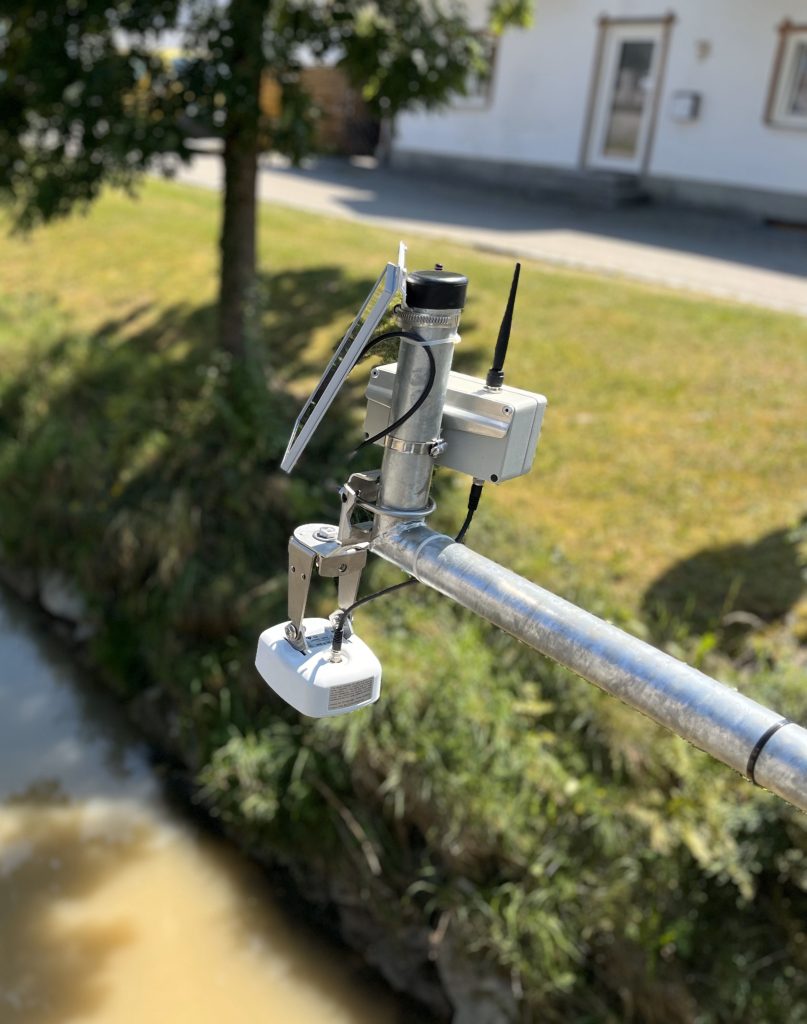
How can I power the station?
Good, forward-looking planning of the power supply is the best way to optimize the station’s reliability and increase its reliability.
- Solar energy: Solar panels can provide a sustainable and low-maintenance power supply. The prerequisite, of course, is that the solar panel is always sufficiently illuminated.
- Battery operation: Thanks to intelligent, energy-saving control of the measurement technology, monitoring stations can now run for several years on a battery. Measuring battery status and linked warnings allow efficient planning of battery replacements and prevent station failures due to empty batteries.
- Grid power: Grid power (in combination with a backup battery) offers the highest reliability and flexibility. Especially in urban environments, there are often opportunities to connect the station to the local power grid. For example, the power supply from streetlights or traffic lights or nearby houses can be used.
How should the data be transmitted?
Data transmission from the logger plays a crucial role in ensuring that the collected measurement data is reliably and promptly forwarded to the appropriate locations. This is particularly important in flood monitoring, as quick and accurate data can be lifesaving. Measurement data is used to issue early warnings, update predictive models, and support decision-making in crisis management.
There are various options for data transmission:
- Cellular network: The most commonly used method, as it is flexible and available in most areas.
- Satellite communication: Particularly useful in remote areas without cellular coverage.
- Radio networks: Suitable for local applications where short transmission distances are required.
Regarding redundancy, it may be useful to combine multiple transmission paths. For example, primary data transmission can take place via the cellular network, while secondary transmission via satellite serves as a backup. This increases reliability and ensures that critical data continues to be transmitted even in case of disruptions.
Where should the data be transmitted?
The collected measurement data can be transmitted and hosted on various servers to be available at all times. Using servers from OTT HydroMet, own servers, or other hosting providers ensures that the data is securely stored and accessible. Appropriate visualization allows an efficient overview of the entire monitoring network. A relevant example is hydras3.net.
Support from OTT HydroMet
OTT HydroMet can assist you in planning your monitoring station and offers various products and solutions to meet all challenges in flood monitoring. From simple, fully integrated solutions to standard solutions and customized solutions – OTT HydroMet has the right technology for your needs.
The OTT FMS
The OTT FMS Flood Monitoring System is a compact and easy-to-install flood monitoring system specifically designed for the needs of municipalities. It offers:
- Easy installation and use: Thanks to the integrated solution with radar level sensor, data logger, modem, and power supply, even inexperienced users can easily set it up.
- Robust and reliable design: The system is weatherproof and offers a long service life, so you can rely on the data.
- Flexibility: The OTT FMS offers flexible solutions to cover all applications. However, this flexibility can also seem complex and intimidating. We want to help you overcome this complexity and take advantage of the flexibility.
